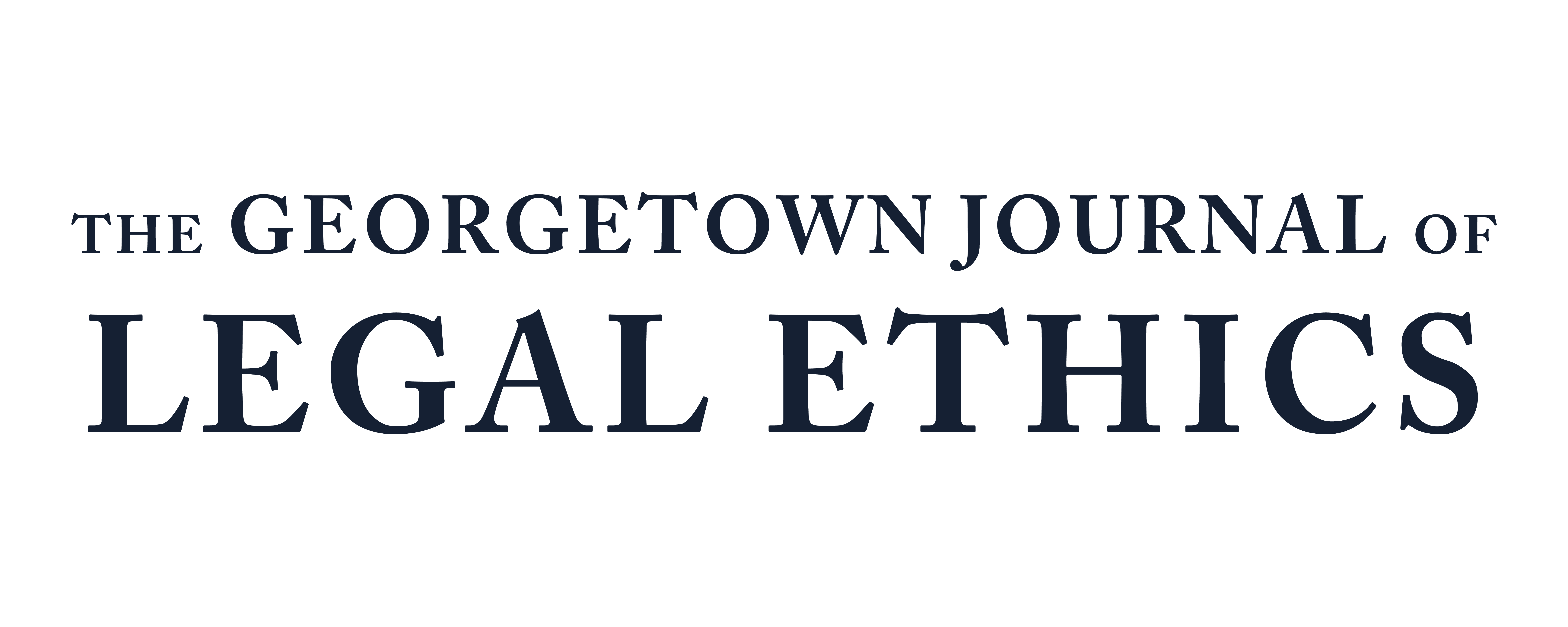Holding Juries Accountable: Assessing the Right to a Competent and Unimpaired Jury in Light of Tanner and Federal Rule of Evidence 606(b)
In Tanner v. United States, the Supreme Court held that Federal Rule of Evidence 606(b) prohibits the use of juror testimony to impeach a verdict except where an outside influence was brought to bear on the jurors. This holding, while a reasonable interpretation of the text of Rule 606(b), was remarkable given the extent of the misconduct at issue in the case. Jury members admitted to having five to six drinks during lunch breaks and using and selling both marijuana and cocaine. Jurors even described themselves as “flying” during the trial, which they regarded as “one big party.” The Court, however, found that such influences were largely internal, no different than an illness or general fatigue. Furthermore, the constitutional right to a fair trial in front of an impartial jury was deemed adequately protected by procedural safeguards such as voir dire, observation of juror behavior by judges and other court officials, and non-juror testimony during any post-verdict inquiry.
Given the importance of the jury trial to the American legal system, a substantive inquiry into the merits of Tanner and Rule 606(b) is necessary. Our Constitution guarantees every criminal defendant the right to a fair trial by a capable and impartial jury, as well as the right to the due process of law before any defendant is deprived of their life or liberty. While decisions like that in Tanner profess to protect the judicial system’s integrity by securing the finality of a jury verdict, they rely on fear-based reasoning that questions the system’s ability to survive an inquiry into its methods, rather than focusing on the adequacy of the system itself. Although the Court was correct in emphasizing the importance of the jury system’s survival, ensuring survival by putting the jury’s methods beyond question causes more harm than good. However, Tanner remains largely unchallenged, with courts being particularly unwilling to accept arguments contesting the policy concerns used to shield the jury process from inquiry. They have instead preferred requests for highly specific exceptions to the now generally accepted no-impeachment rule. Notably, despite the Court’s concerns, the success of these exceptions proves that the jury system is capable of surviving attempts to improve its process. Therefore, it is important to revisit the necessary extent of the no-impeachment rule to move beyond the mere survival of the jury system and toward a more effective system of ensuring the quality of justice.
This Note will analyze the give and take between Tanner’s interpretation of Rule 606(b) and the constitutional rights of due process and trial by a competent and unimpaired jury. Ultimately, it will argue that the rule’s current interpretation leaves those constitutional rights unprotected and requires significant change in either application or substance. Section I will provide a general background on the constitutional rights at issue, namely the jury trial rights and due process rights provided by the Fifth, Sixth, and Fourteenth Amendments, as well as a background on Tanner and the no-impeachment rule. Section II will define the extent of the no impeachment rule and its post-Tanner exceptions. Section III will then question the Court’s decision in Tanner, weighing the policy arguments for the no-impeachment rule against the downsides of the Court’s reluctance to evaluate the jury process, while also explaining the inadequacy of the enumerated alternative methods for protecting constitutional due process and jury rights. Finally, Section IV will propose methods in which legal professionals can either work within the confines of current precedent or attempt to reform Rule 606(b) to better protect and ensure the right to a competent and unimpaired jury.
Subscribe to GJLE
